The new European Soil Strategy for 2030
On 17 November 2021, the Commission unveiled the long-awaited new EU Soil Strategy for 2030.
The strategy sets out a framework and concrete measures to protect and restore soil, with a view to giving it a higher level of protection and closing the legislative gap that was undermining the effective protection and sustainable use of EU soils.
This policy framework is a major step forward in addressing soil and land degradation in a comprehensive way.
With this new European Soil Strategy, the EU has taken a clear position in favour of actions to restore degraded soils and remediate contaminated sites. By 2050, soil pollution should be reduced to levels that no longer pose a risk and are within the limits our planet can bear, creating an environment free of toxic substances. This is an encouraging statement in the fight for stricter limits on the cadmium content of phosphate fertilisers, as well as for more informative and accurate labelling that provides farmers and consumers with ample information on the dangers of cadmium.
)
CAP Reform & National Strategic Plans (NSPs)
The reform of the Common Agricultural Policy (CAP) was formally adopted on 2 December 2021 and should be implemented from 1 January 2023, after the Commission has approved the National Strategic Plans (NSP). The approval process will be based on the criteria set out by the CAP Strategic Plans Regulation.
After years of discussion, the CAP reform has finally been adopted. One of its core features lies in the increased delegation to Member States of the responsibility for planning CAP investments and policies through the development of National Strategic Plans (NSPs). Through these plans, drafted at national level, Member States commit to implementing the nine objectives of the CAP, namely: ensuring a fair income for farmers; increasing competitiveness; rebalancing power in the food chain; combatting climate change; caring for the environment; preserving the landscape and biodiversity; supporting generational renewal; making rural areas more dynamic; and protecting food quality and health.
In practice, this means that from a list of environmental actions set out in the CAP and tailored recommendations made by the European Commission, Member States are free to pick and choose policy measures to achieve the objectives of the CAP, including various methods to improve soil conservation and the reduction of contaminants. This opens up clear possibilities for action to improve soil health and reduce contamination by heavy metals such as cadmium. However, a large margin of manoeuvre is given to the Member States implying that it is not yet possible to have a clear vision on the future perspectives.
Member states had until 31 December 2021 to submit their NSPs to the European Commission for approval. The Commission has now six months to examine and approve these plans ahead of their implementation in January 2023.

